Today is another country – Montenegro. Considered to be one of the most recently recognized countries, Montenegro separated from Serbia in 2006.
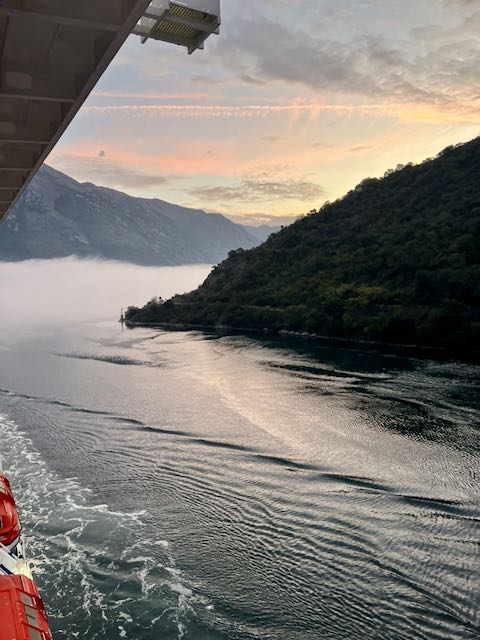
Its 25 municipalities have a total population of 633,000 people in an area of 5,333 sq mi. It is bordered by Bosnia and Herzegovina to the northwest, Serbia to the northeast, Kosovo to the east, Albania to the southeast, Croatia to the west, and has a coastline along the Adriatic Sea to the southwest. The capital and largest city is Podgorica, while Cetinje is the Old Royal Capital and cultural center. Our visit was to Kotor and the village of Lastva.
After taking a shore boat to the pier, we climbed aboard a coach for the ride to Lastva.
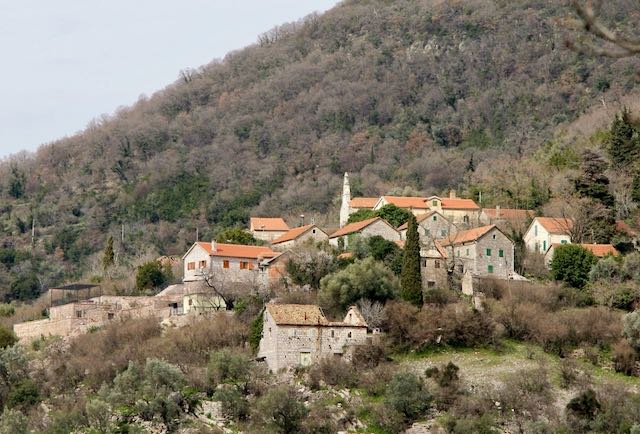
This quaint village has managed to preserve its authentic rural charm but has also evolved into a favorite getaway location. Virtually all the resident have moved to the Kotor (or its surrounding area) making Lastva a living museum. The residents continue to take pride in their village while living somewhere else. With narrow and rustic roads lined with stones and extremely archaic architecture, Lastva serves as a living reminder of traditional Montenegrin culture.
The village has about 20 stone houses, all of which are very simply built. In the majority of the village yards, you can see the trellises of grape, interior gardens, stone benches and some water cistern. The village church, Saint Maria Church, is dedicated to the Birth of the Holy mother of God and was built in baroque style. While services are not held on a regular basis, it is open for visits. Special services are held through the year to celebrate various key dates within the community.
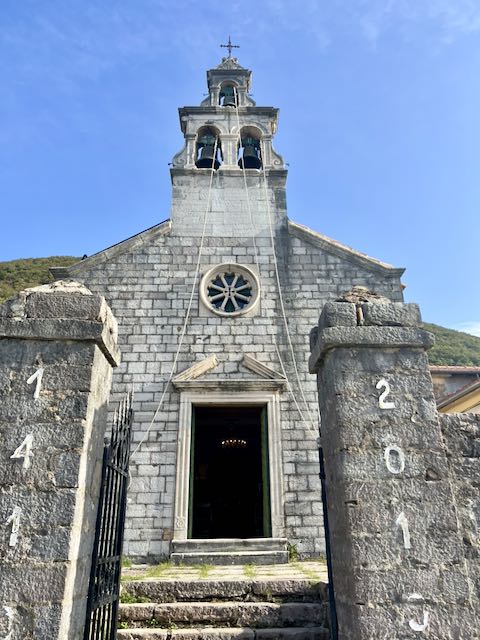
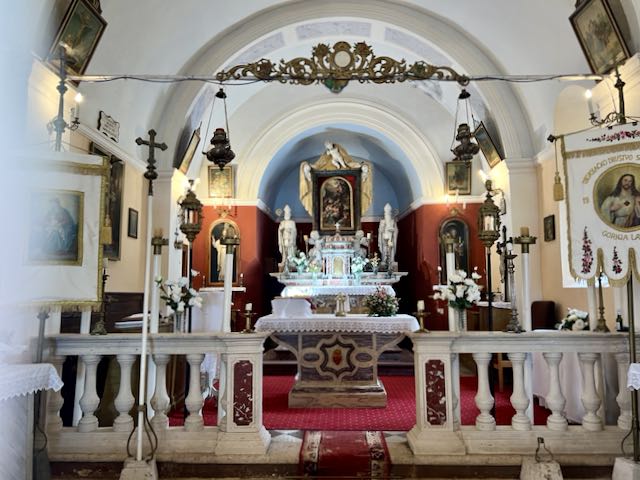
Adjacent to the church is an old olive oil mill and press. This press was a community operation with crews dedicated to the working of the system until as late as the 1980s. The mill and press were all hand operated and required a LOT of work.
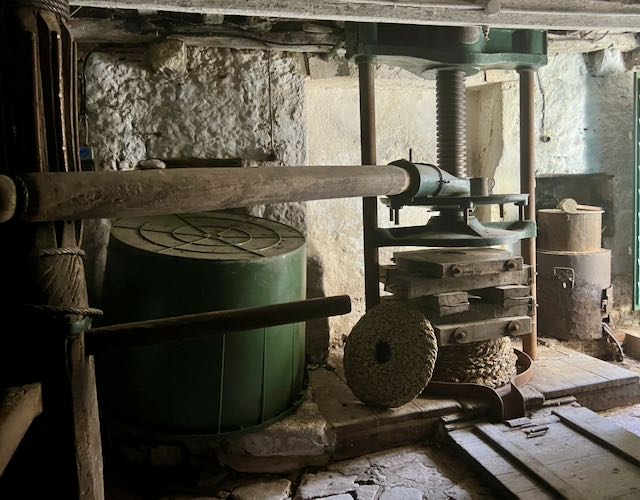
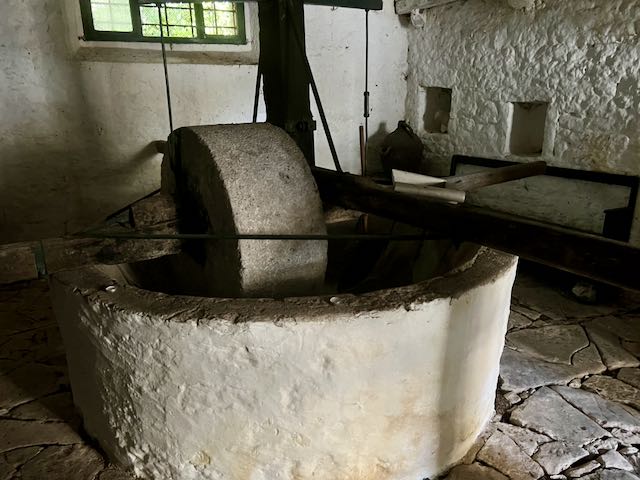
While no longer in operation, it could be restarted with little difficult just a major cleaning would be required.
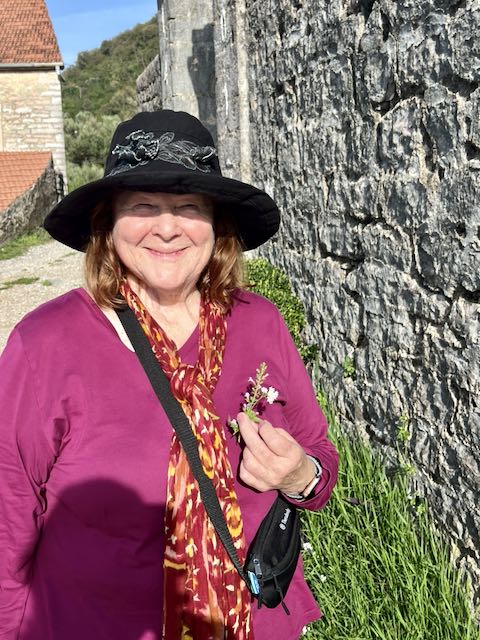
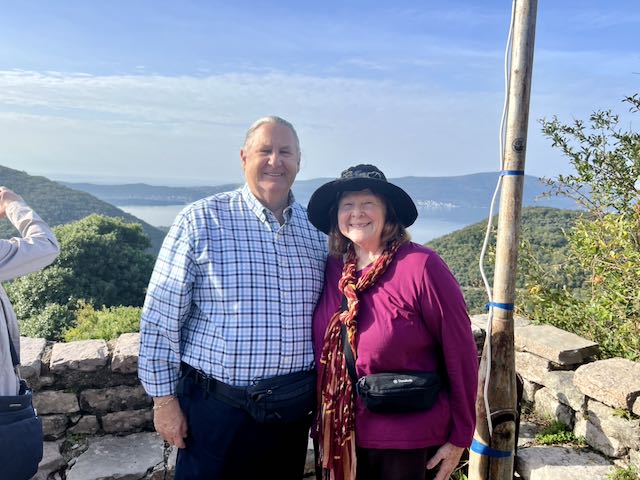
After visiting the mill, we went to the community center and had some traditional snacks including red and white wines plus a grappa. While we had our snack, we were entertained by a couple of locals playing.
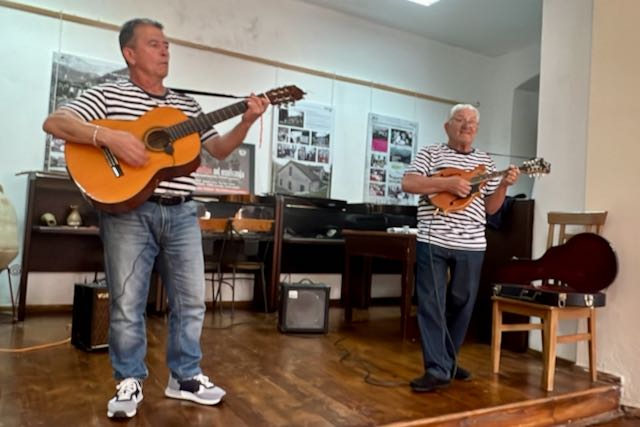
Also, in the community center, were some paintings from some of the local artists along with information about the overall history of the community.
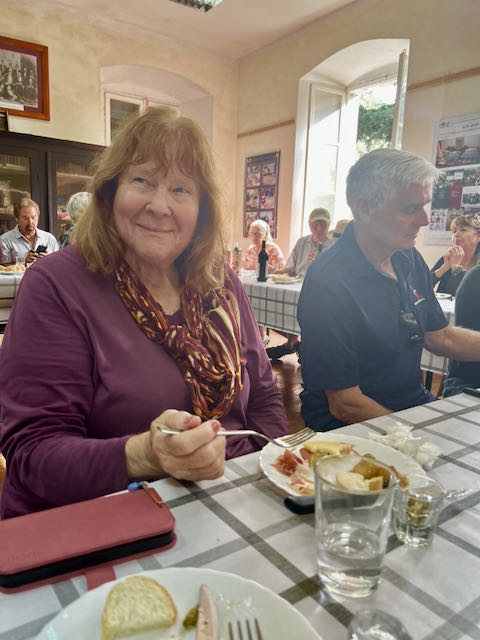
Once our snack was completed, we returned to the bus for the ride down to the historic old center of town, Kotor.
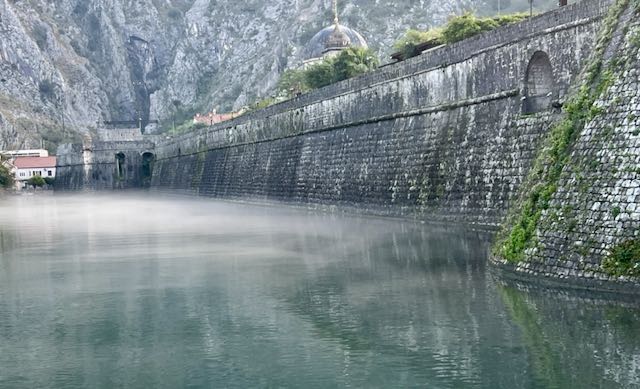
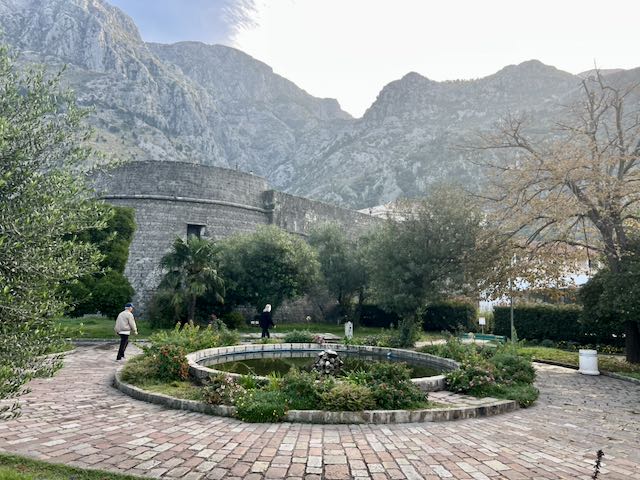
The old Mediterranean port of Kotor and its fortifications were built during the Venetian period between 16th and 17th centuries. Together with the overhanging limestone cliffs, Kotor and its surrounding area form an impressive landscape.
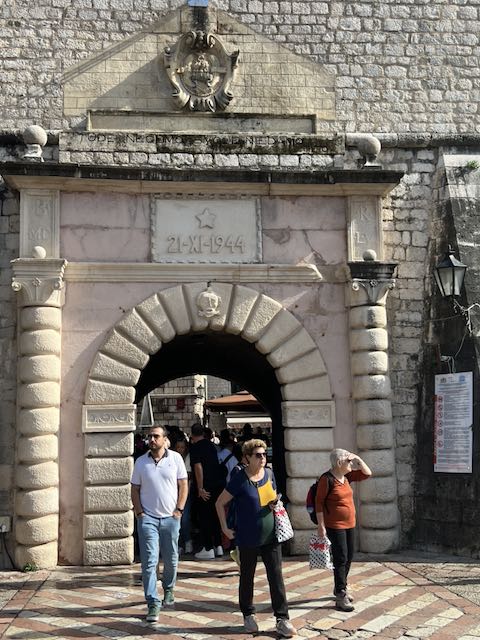
Characterized by winding streets and squares, its medieval old town has several Romanesque churches, including Kotor Cathedral. It’s also home to the Maritime Museum, which explores local seafaring history.
Since the early 2000s Kotor has seen an increase in tourists, many of them coming by cruise ship. Visitors are attracted to the natural environment of the Bay of Kotor and, of course, the old town of Kotor. Kotor is a World Heritage Site dubbed the Natural and Cultural-Historical Region of Kotor.
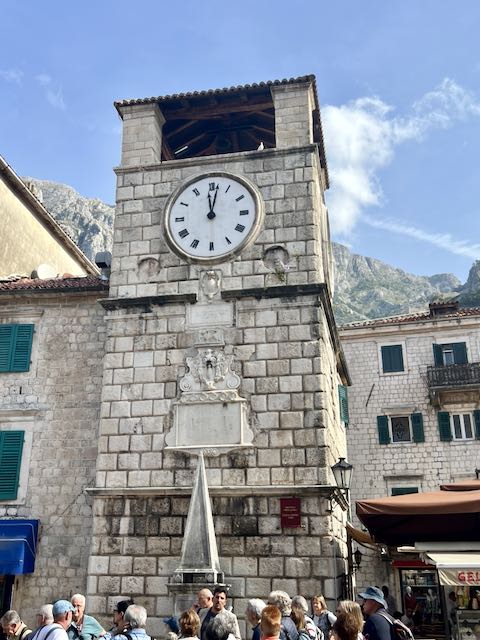
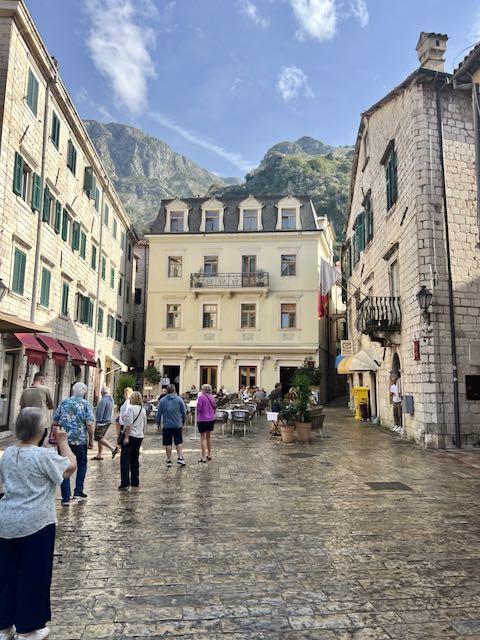
After our bus adventure, we entered the old town through the Sea Gate. Kotor has one of the best preserved medieval old towns in the Adriatic. Once through the gate, we were immediately in the town square with its medieval architecture very apparent. The ancient walls which stretch for 2.8 miles circle the city. Our guide walked us through the streets past the Duke’s Palace, the Arsenal and the Cathedral of Saint Tryphon.
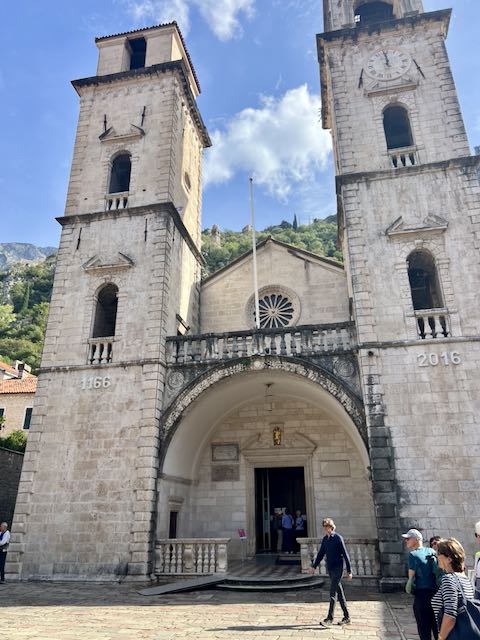
It also seemed like there was a restaurant, jewelry store, souvenir shops at every turn.
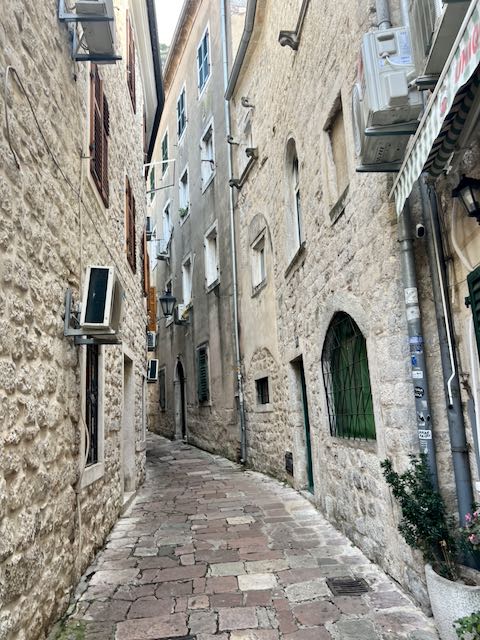
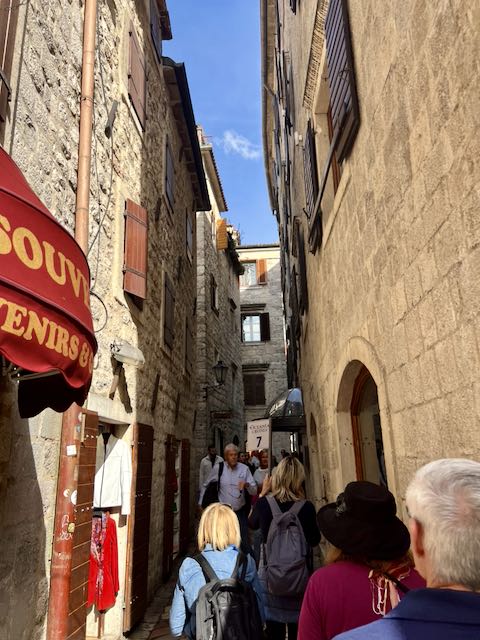
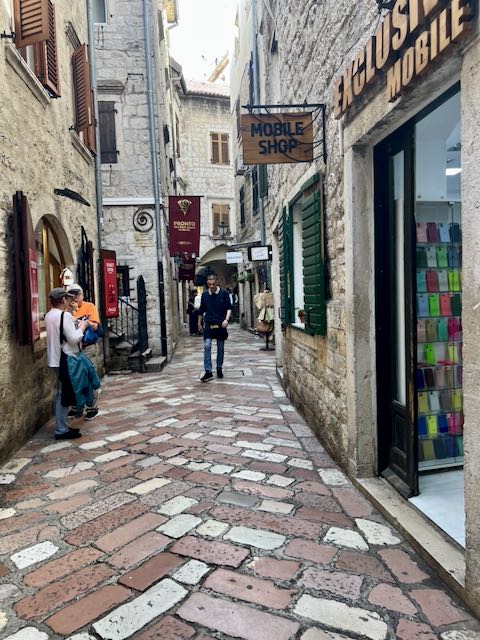
Of course, Kotor also played a role in the Game of Thrones where its beautiful scenery of the Bay of Kotor is featured along with shots of the old town and the historic fortifications. (I guess I really am going to need to watch this series after seeing all the places where it was filmed).
Great description of these area. I did not tour that particular area. Love your blogs!!
Amen !
What a fun trip. Well thought out and planned.